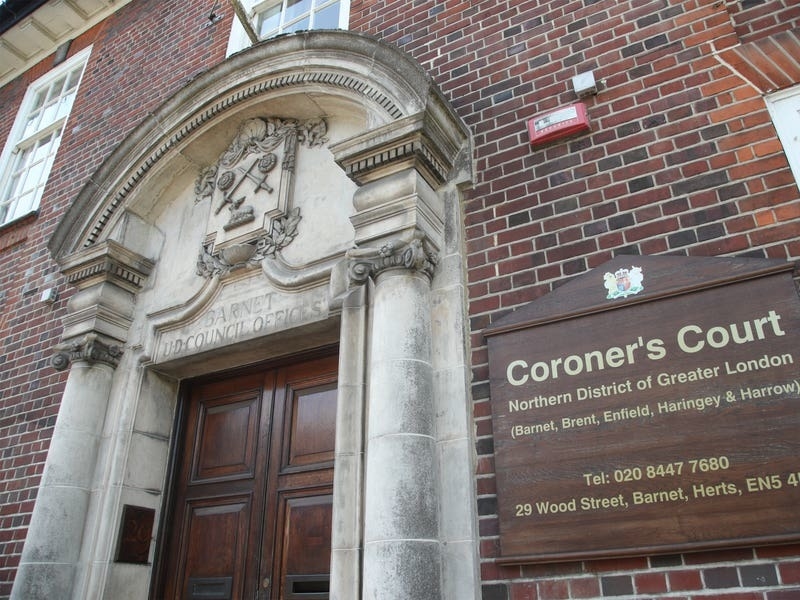The number of mortgage approvals being made to home-buyers bounced upwards in March, according to Bank of England figures.
The Bank’s Money and Credit report said mortgage approvals for house purchases “rose significantly”, to 52,000 in March from 44,100 in February.
However, it said the latest total remains below the monthly average for 2022 of 62,700.
Lucian Cook, head of residential research at estate agent Savills, said: “Today’s bounce in mortgage approvals reflects an increasingly stable and competitive mortgage market.
“The ability to better plan their prospective mortgage outgoings has brought buyers back to a housing market that has proved more resilient than we feared would be the case six months ago.”
Jason Tebb, chief executive of property search website OnTheMarket.com, said: “As the traditionally busier spring months kick into gear, it feels as though we’re getting back to where we were pre-pandemic, before the stamp duty holiday and race for space distorted the market.”
Gary Bush, a financial adviser at MortgageShop.com, said: “Buyers have factored in all the doom- and-gloom rate news and a lot have, quite frankly, put off buying a property or a home improvement decision for so long that they are now out in force.”
Tom Bill, head of UK residential research at estate agent Knight Frank, said: “Properties that tick all the right boxes will hold their value but some of the pandemic froth is disappearing so asking prices will come under pressure.”
Looking at households’ non-mortgage borrowing, the Bank said the annual growth rate for consumer credit rose for the sixth month in a row, accelerating from 7.7% in February to 7.9% in March.
Consumer credit includes borrowing using credit cards, personal loans and overdrafts.
Within the total, the annual growth rate of credit card borrowing slowed, from 13.2% to 12.8% in March, while for other forms of consumer credit the growth rate rose, from 5.4% in February to 5.8% in March.
“While there is optimism in the air amid falling energy prices, a stabilising property market and hopes that inflation really will ease off from here, for now disposable incomes are still in retreat.
“The sad reality is that turning to credit to meet everyday living costs is the only solution for many households.”
In further signs of the strain on budgets, households collectively made a net withdrawal of £4.8 billion from banks and building societies in March, compared with a net deposit of £2.6 billion in February.
Households deposited £3.5 billion into National Savings and Investment (NS&I) accounts during March – the highest total since September 2020.
Money held in NS&I accounts has the security of being backed by the Treasury, guaranteeing 100% of the amount invested.
Cash deposits held with banks and building societies meanwhile are generally protected by up to £85,000 per eligible person.
Myron Jobson, senior personal finance analyst at interactive investor, said: “Money poured out of savings accounts held by banks and building societies in March, while deposits into NS&I accounts jumped again – offering the clearest indication of savers’ sentiment amid the turmoil in the banking sector following the collapse of Silicon Valley Bank.”
UK non-financial businesses borrowed, on net, £2.5 billion of bank and building society loans, including overdrafts, in March, compared with £4.3 billion of net repayments in February.






